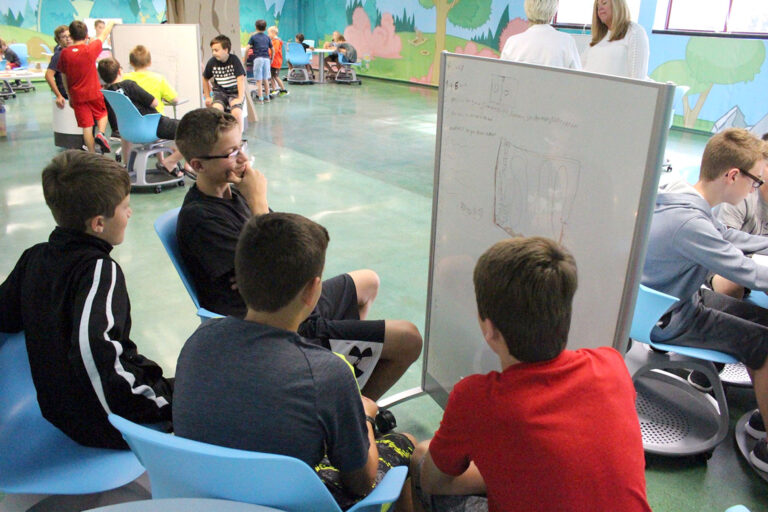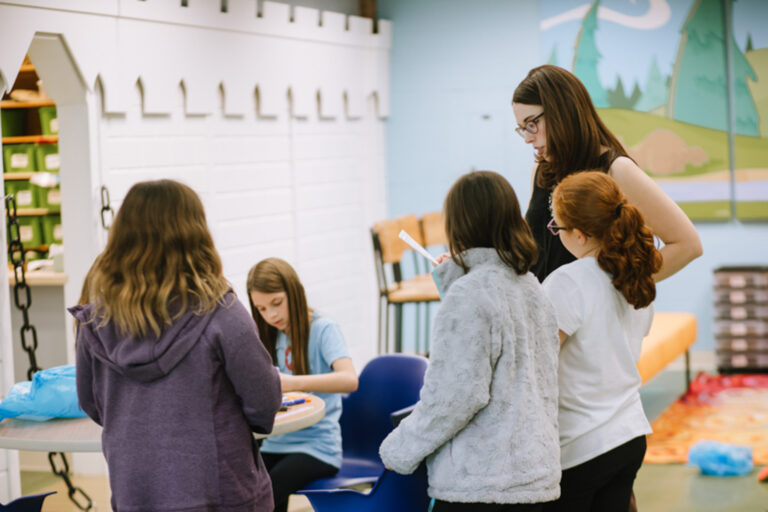Enhancing STEM Learning with Inventionland Education’s Applied STEM K-12 Curriculum
Introducing a love for science, technology, engineering, and mathematics (STEM) in young minds is more crucial than ever. One innovative approach to captivating students’ interest in these fields is through applied learning that encourages creativity and innovation. Inventionland Education’s Applied STEM K-12 Curriculum is a prime example of how integrating inventing into STEM education can significantly enhance learning outcomes and engage students more profoundly.

Making Learning Interactive and Hands-On
Inventionland Education’s curriculum transforms traditional classroom dynamics by making learning interactive and hands-on. By focusing on inventing, students are not merely passive recipients of information but become active creators. This experiential learning process helps students understand and apply STEM principles in real-world contexts, which enhances retention and deepens understanding. For instance, when students create prototypes or models, they use math and science principles, seeing firsthand the implications of their actions.
Fostering Creativity and Problem-Solving Skills
![]() A vital component of the Inventionland curriculum is its emphasis on creativity and innovation. Students are encouraged to think outside the box and develop inventive solutions to problems. This makes learning more enjoyable and cultivates critical thinking and problem-solving skills. By navigating the process of invention — from ideation to creation — students learn to tackle challenges, think sequentially, and develop resilience in the face of setbacks.
A vital component of the Inventionland curriculum is its emphasis on creativity and innovation. Students are encouraged to think outside the box and develop inventive solutions to problems. This makes learning more enjoyable and cultivates critical thinking and problem-solving skills. By navigating the process of invention — from ideation to creation — students learn to tackle challenges, think sequentially, and develop resilience in the face of setbacks.

Collaboration and Communication
![]() Inventing within the curriculum is often a collaborative effort. Students work in teams to brainstorm ideas, design prototypes, and refine their inventions. This collaborative environment mimics real-world STEM fields where teamwork and communication are essential. Such experiences help students develop soft skills like leadership, cooperation, and effective communication, which are invaluable in any career.
Inventing within the curriculum is often a collaborative effort. Students work in teams to brainstorm ideas, design prototypes, and refine their inventions. This collaborative environment mimics real-world STEM fields where teamwork and communication are essential. Such experiences help students develop soft skills like leadership, cooperation, and effective communication, which are invaluable in any career.

Integration with Core STEM Subjects
The Inventionland Education curriculum seamlessly integrates inventing with core STEM subjects. The process ties directly into math concepts, science, engineering, and real-world tech applications. This integration ensures that students learn theoretical aspects and understand how these disciplines intersect and interact in practical applications.

Preparing for Future Careers
The curriculum prepares students for future careers in STEM fields by engaging them in applied STEM learning through invention. It exposes students to the processes and mindsets prevalent in engineering, technology, and scientific research industries. Moreover, the skills students develop—from technical know-how to creative thinking and problem-solving—are some of the most highly valued soft skills.

Inventionland Education’s Applied STEM K-12 Curriculum is a powerful tool for enhancing STEM education. By incorporating inventing into the learning process, the curriculum not only makes STEM subjects more accessible and enjoyable but also equips students with the skills necessary to excel in the 21st-century job market. Schools looking to invigorate their STEM offerings should consider innovative educational approaches that bridge theoretical knowledge with practical, creative applications.
